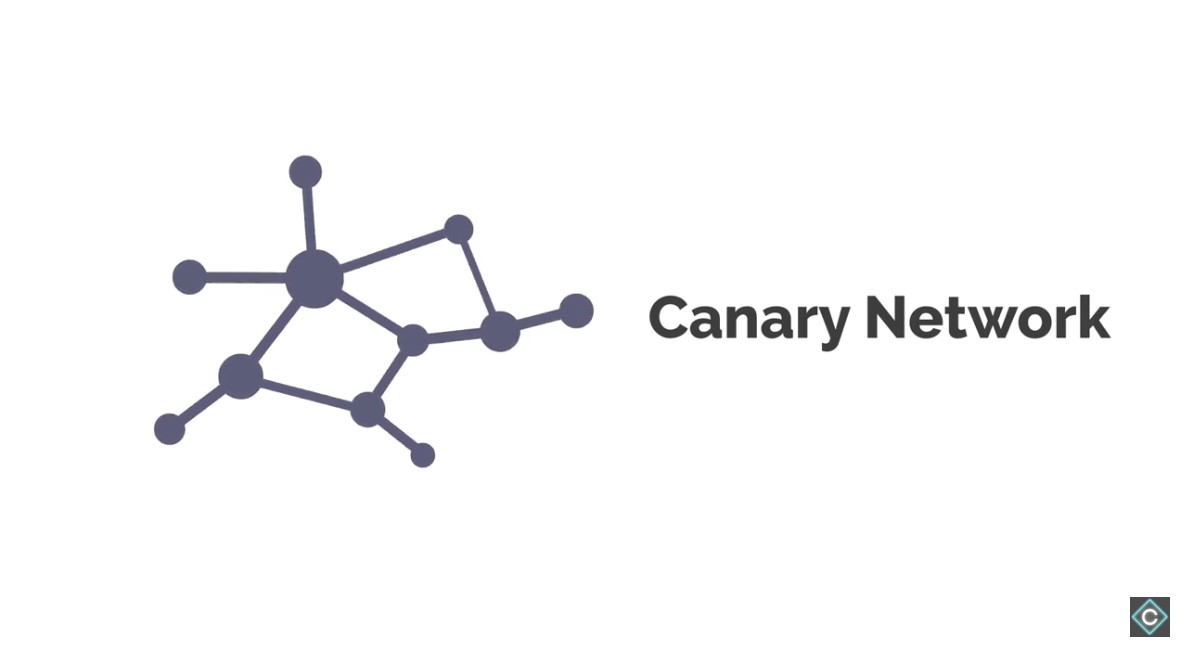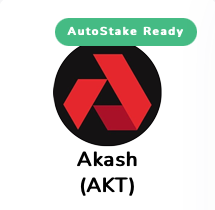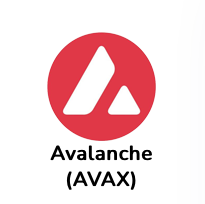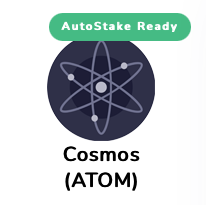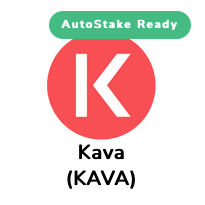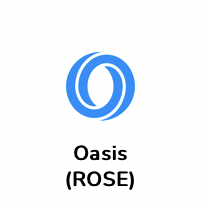Learn More About Kusama
What is Kusama (KSM), and what is it used for?
KSM is required for staking and voting on governance changes on the Kusama platform. Kusama’s platform is thought of as Polkadot’s canary network because it sends a warning about any issues that could be detrimental to Polkadot’s longevity. Kusama plays a crucial role in maintaining the Polkadot protocol as it acts as a test network with almost the same code base and the exact same consensus algorithm.
What are the current use cases of Kusama?
KSM is primarily used to facilitate testing for the Polkadot network, which is home to many different types of decentralized applications. As such, it is the first stop for builders on the Kusama network who want to test their code before deploying directly onto Polkadot. Polkadot’s official upgrades are also tested on Kusama before they go out. Some of the types of applications that are tested on Kusama include open-source gig jobs and platforms for decentralized exchanges.
How is Kusama different than Polkadot?
Kusama is the sandbox for testing out projects on Polkadot. The two are standalone networks, however, Kusama and Polkadot could be thought of as first cousins or even siblings that share much of the same code. As a test environment, Kusama is fast and optimized for experimentation whereas Polkadot is more conservative.
What are the risks of staking Kusama?
Like many blockchain protocols, the consensus mechanism used by Kusama includes a slashing mechanism whereby any validator that misses too many blocks or double signs a block is penalized by the network, slashing the staked amount on that validator.

